Time and again, we’ve seen new tools and accessories being developed with the aim of making CPAP therapy as comfortable as possible, and a respiratory humidifier is a good example of something that can make therapy easier for a lot of patients. Keep reading to find out how it works, as well as everything else you need to know.
When the term “humidification” is used in relation to CPAP therapy, this refers to the humidification of the air that flows between the CPAP machine and the patient. The device responsible for this humidification is known as a respiratory humidifier. Modern CPAP machines are often compatible with respiratory humidifiers, which can be purchased separately or are supplied by the CPAP companies along with the machine. They significantly improve therapy quality, which in turn leads to less discontinuation of therapy. After all, CPAP machine users take on a lot more air than usual due to the increased air pressure, which can dry out the airways, and in particular the nose. This is where respiratory humidifiers come in.
How a respiratory humidifier works
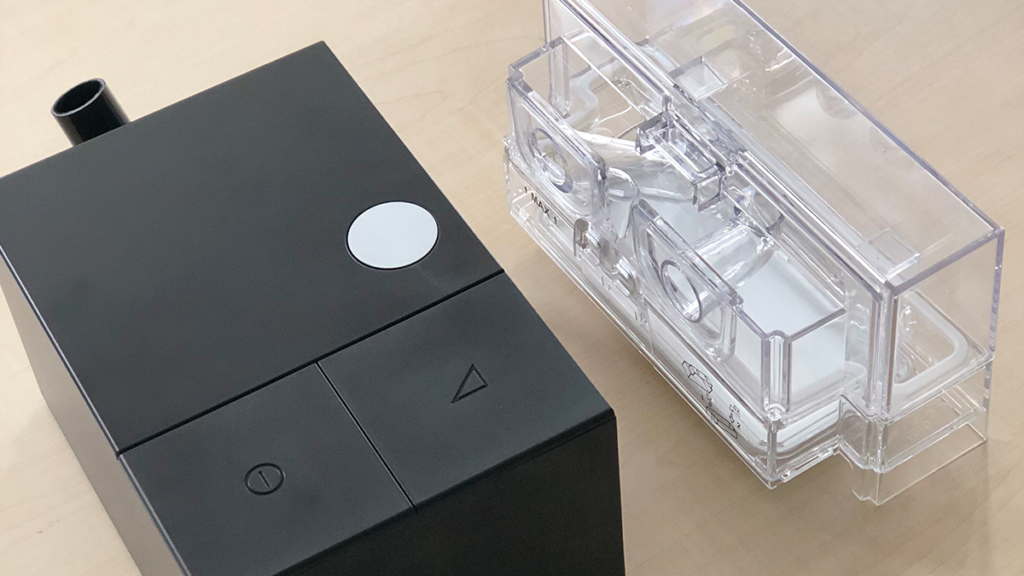
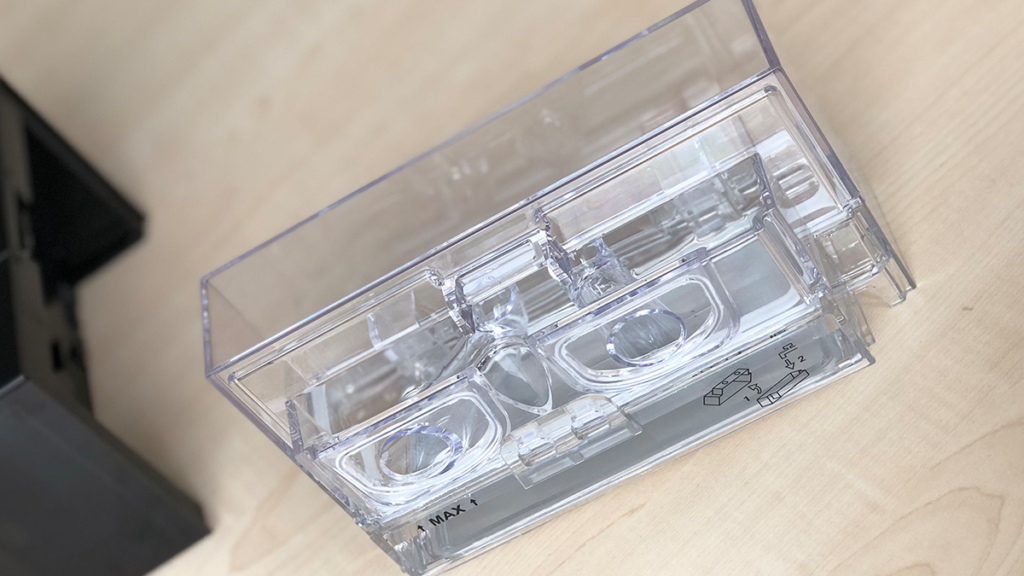
A respiratory humidifier is usually a type of water tank that can be inserted into the CPAP machine. This water tank is filled with water before going to sleep. In the base of the respiratory humidifier is a metal plate that is then warmed up by the CPAP machine. The metal plate then warms up the water in the respiratory humidifier. This creates humidity in the water tank that is absorbed by the air flow from the CPAP machine. The warmer the metal plate, the more humidity there is in the water tank and therefore in the air flow from the CPAP machine. The warmer, more humid air is easier for the patient to inhale. The warmth of the metal plate (and therefore the additional humidity) can be regulated via the CPAP machine itself.
What exactly does a respiratory humidifier help with?
Air that is more humid (as a result of a respiratory humidifier) can help with certain unpleasant side-effects of CPAP therapy:
- Stuffy nose: Many CPAP users complain of a stuffy or dry nose or dry mucous membranes of the throat during their therapy. Once symptoms reach a certain level (e.g. nosebleeds), patients often discontinue therapy or only practise it irregularly. More details about this unpleasant CPAP side-effect can be found in our article ‘CPAP treatment and a stuffy nose’.
- Mouth breathing/mouth leak: A stuffy nose can also lead to an increase in mouth breathing. If a CPAP user uses a nasal mask or a nasal pad mask, this significantly reduces the effectiveness of the CPAP therapy. Wearing these masks means that the CPAP air can only escape via the mouth rather than expanding the airways in the throat area in order to prevent breathing stops.
Our tips on how to use a respiratory humidifier correctly
- It’s a good idea to switch on the respiratory humidifier approx. 30 minutes before going to sleep. This means that the water will already be warmed up by the time you go to sleep, so the humidification can start immediately.
- Ideally, use soft tap water to fill the water tank. Never add oils or fragrances to the water. It is only necessary to boil the water beforehand or use distilled water in exceptional cases (e.g. a weak immune system or questionable tap-water quality).
- The water tank should be filled to the maximum level every day, as the water consumption varies from night to night and depends on a number of factors (e.g. the room temperature, the humidity level in the room or the respiratory humidifier model).
- The water in the humidifier must be replaced every day, even if the contents were not fully used up over night.
- Rinse out the humidifier every day and clean it once a week using a vinegar essence solution or a special CPAP descaler. For cleaning, always observe the instructions for use for your CPAP machine or respiratory humidifier. Detailed information on cleaning the respiratory humidifier can also be found in our article ‘Best Ways to Clean Your CPAP Mask and Machine’.
- The humidification setting depends both on the time of year and on the user’s personal preference. CPAP experts advise checking the humidity every quarter. A lot of CPAP users only suffer from a stuffy nose and dry mucous membranes during winter months. In the winter, the air in the bedroom tends to be colder, meaning that less humidity is absorbed. It is therefore advisable to increase the humidity setting in the winter. You should also increase the humidity setting if you wake up in the morning with a stuffy nose or dry mouth. If in doubt, it’s better to set the humidity too high than too low. Important: It’s a misconception that increasing the humidity will cause more bacteria to be breathed in or will encourage bacteria growth.
This unique CPAP mask test compares the most popular masks on the market
The most important purchasing criterion for mask wearers; comfort, freedom of movement and far more, coherently summarised especially for you.
What type of water for your CPAP humidifier?
Do I really need to use expensive speciality water?” This is one of the most frequent questions from our customers about CPAP humidifiers. The good news: No, you don’t.

Managing Director
Hannes Wakonig comes out of the Marketing and Finance branch and has previously worked in the field of medical technology. He is the co-founder and managing director of SomniShop (health.On Ventures GmbH) and AescuBrands.


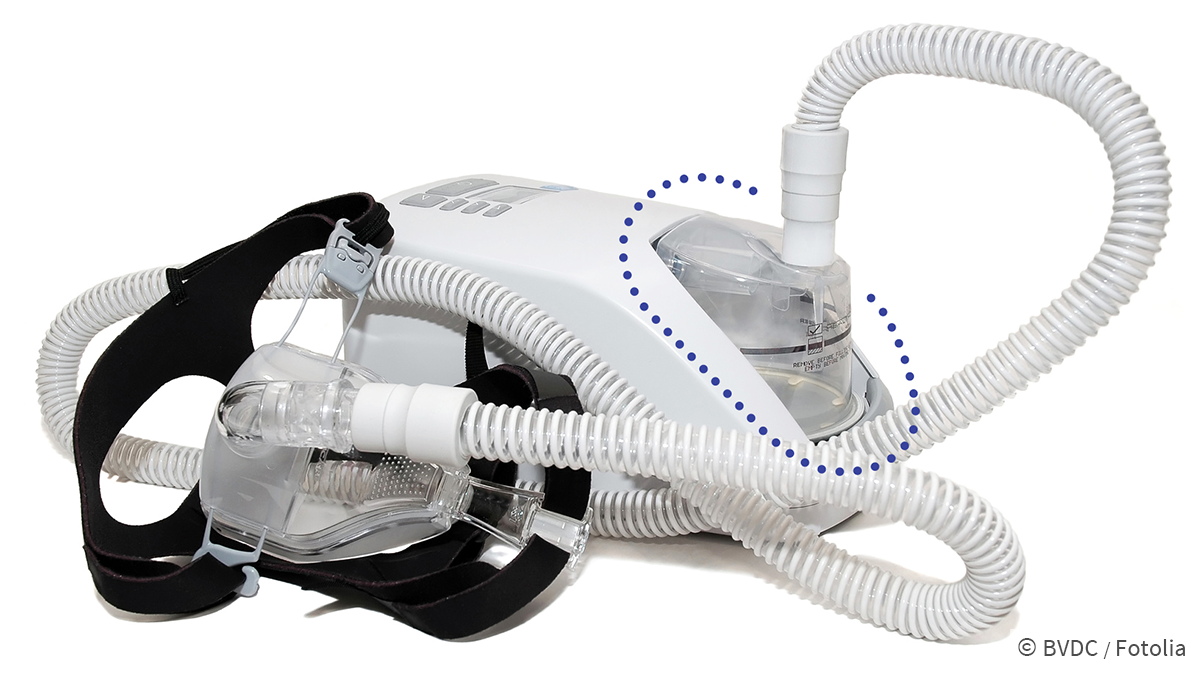
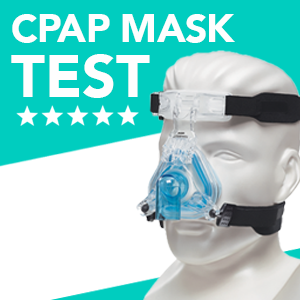
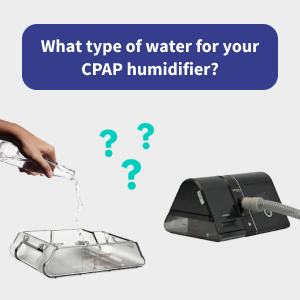



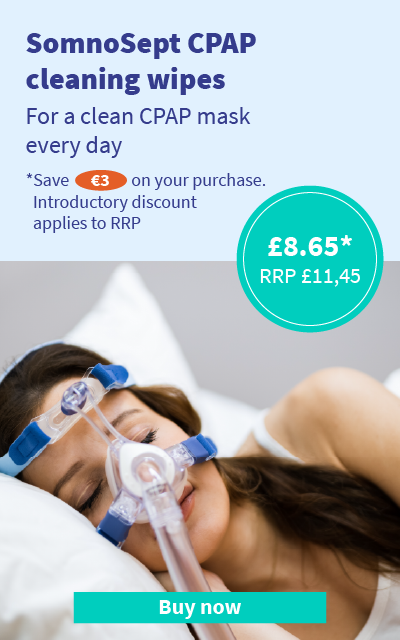
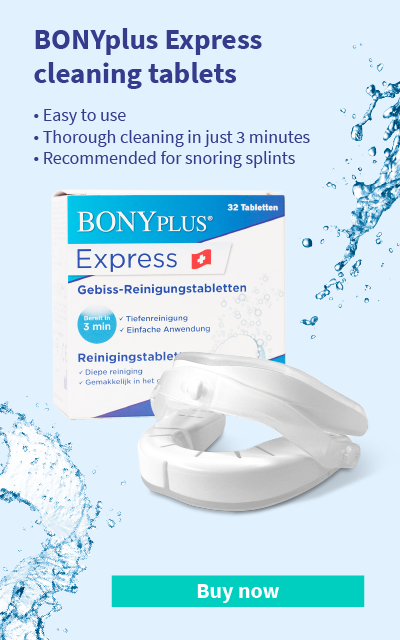
 Welcome to SomniShop
Welcome to SomniShop